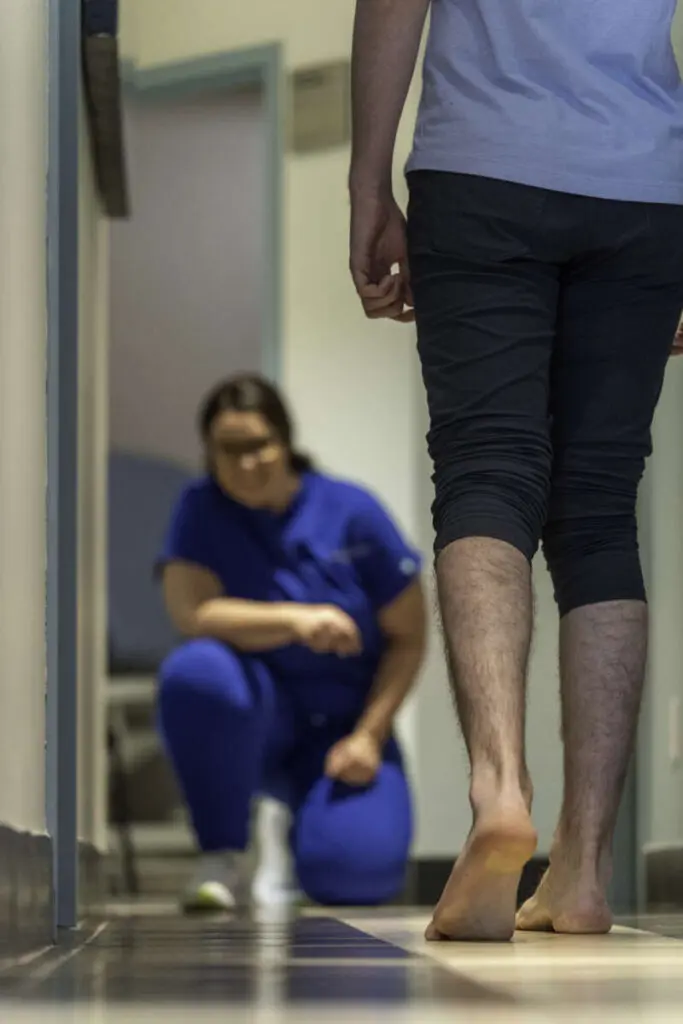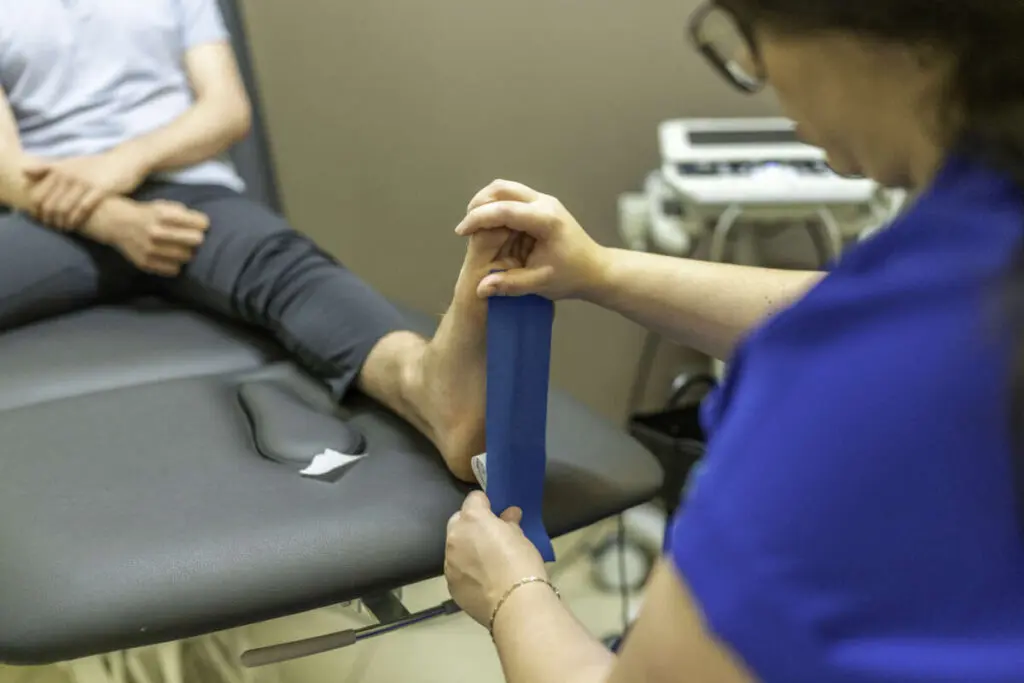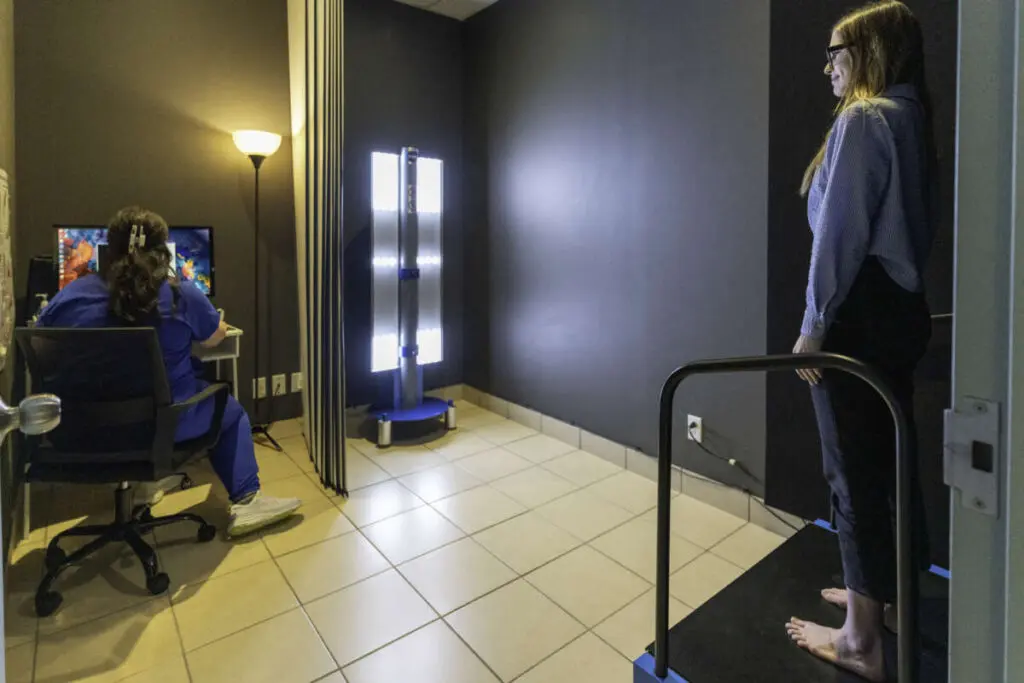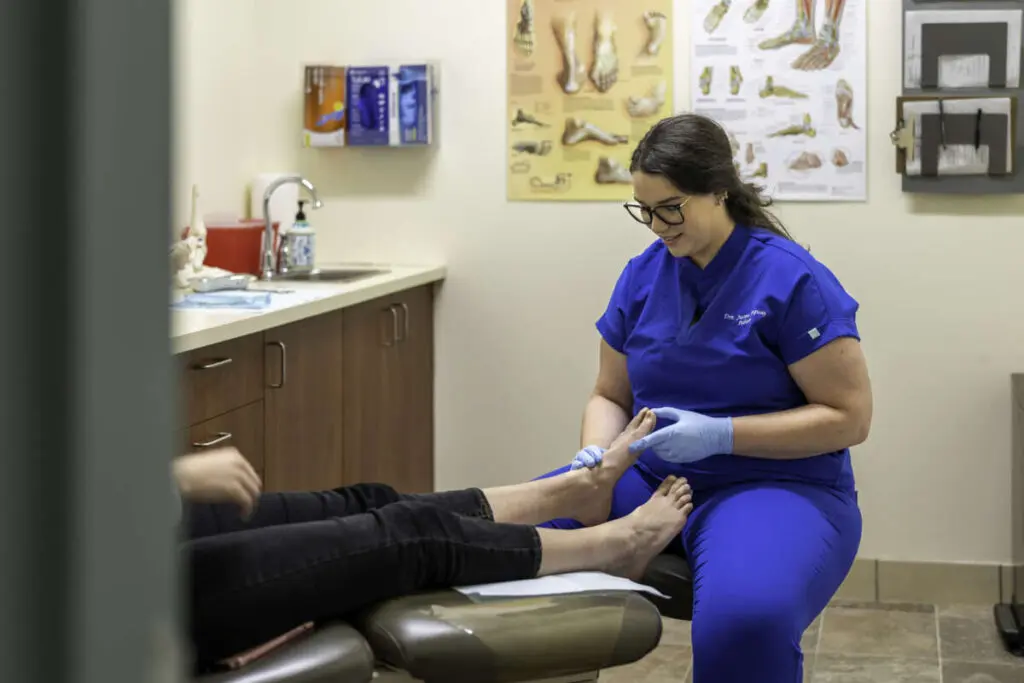
Welcome to the PiedRéseau NDG Podiatric Clinic, where we are committed to offering you exceptional podiatric care with a warm and personalized approach. Located on Sherbrooke Street West in Montreal, our clinic was previously led by Dr. Dejan Radic, a passionate podiatrist with over thirteen years of experience. Currently, Dr. Justine Tanguay, podiatrist, is taking over to continue providing quality podiatric care.
We treat a variety of podiatric conditions, including plantar warts, bunions, nail fungus, and ingrown toenails. We also offer specialized services such as radiography, pediatric podiatry, and minor surgery. Our goal is to relieve your pain and help you regain an optimal quality of life.
Our dedicated team uses state-of-the-art equipment to diagnose and effectively treat your foot problems. We believe in a personalized approach and pride ourselves on listening carefully to each patient to provide care tailored to their specific needs.
PiedRéseau NDG
6584 Rue Sherbrooke O,
Montréal, QC H4B 1N5, Canada
directions
1-438 266-0897 Téléphone
Monday
8:30 - 16:00
Tuesday
8:30 - 16:00
Wednesday
8:30 - 16:00
Thursday
8:30 - 16:00
Friday
8:30 - 15:00
At the PiedRéseau NDG Podiatric Clinic, the team is made up of passionate professionals dedicated to your podiatric well-being. Dr. Justine Tanguay, podiatrist, leads the clinic with a deep commitment to foot health. She is supported by a skilled team that shares the same vision of personalized and high-quality care.
Our team uses state-of-the-art equipment to diagnose and effectively treat your foot problems. We believe in a personalized approach, taking the time to listen carefully to each patient to provide care tailored to their specific needs.










Frequent problems
Treatments provided
- Ultrasound guided injection
- Foot ultrasound imaging
- Therapeutic laser treatment
- Digital radiography of the foot
- 2D and 3D digital imaging
- ShockWave therapy : therapeutic benefits and treatment
- Plantar orthotics: types, benefits, and adaptation tips
- Treatment of foot pain by the podiatrist
- Cortisone injections
- Ingrown toenail treatment by a podiatrist
- Foot care – Nails, corns and calluses treatment
- A podiatrist’s treatment for plantar warts
- Nail culture : importance, advantages and procedure
- Biomechanical exam : symptoms and treatments
- Podopediatrics treatments
- Toenail deformity : treatments
- Evaluating Children’s Feet
- Treatments for paronychia of the toe
- Stress fracture in the foot
- Treating frostbite on the feet and toes
- Treatment for excessive foot sweating
- Partial or complete foot amputation
- Ultrasound treatment
- Orthopaedic shoes : types and benefits
Request an appointment at the clinic
Leave us your contact details and availability and we will contact you to make an appointment.
Please note that if you are seeking podiatry services following a work-related accident (CNESST) or a road accident (SAAQ), please contact us before your appointment to obtain more information about the reimbursement procedures.
